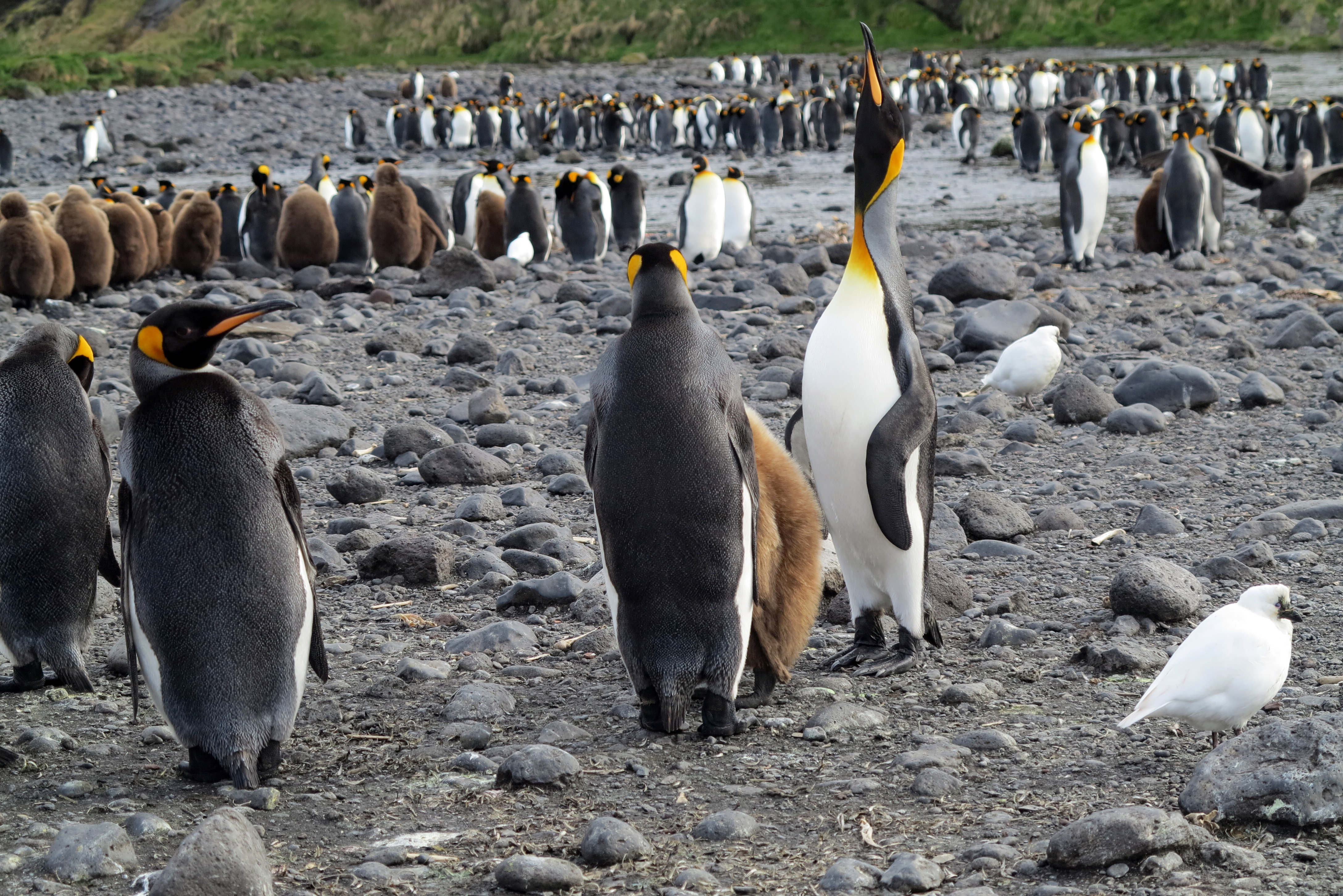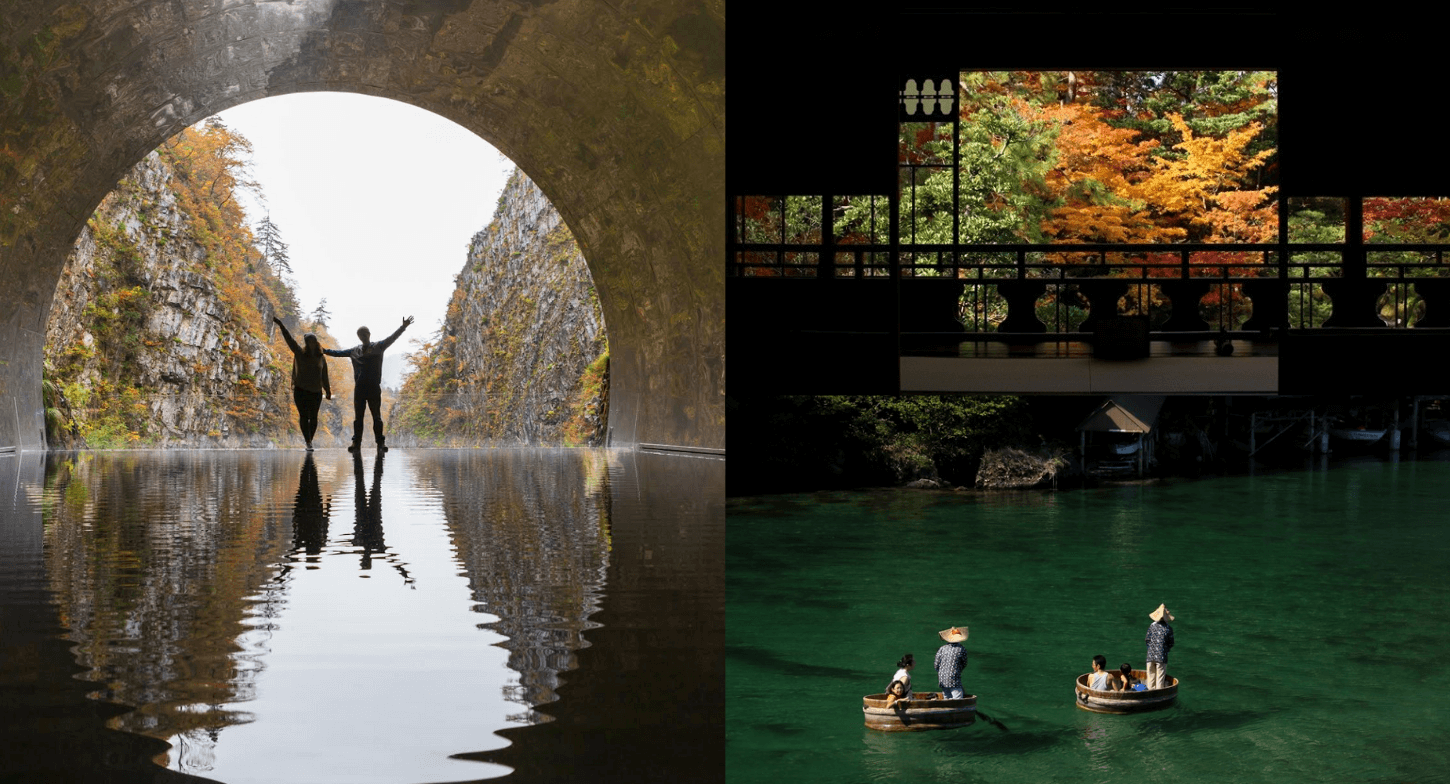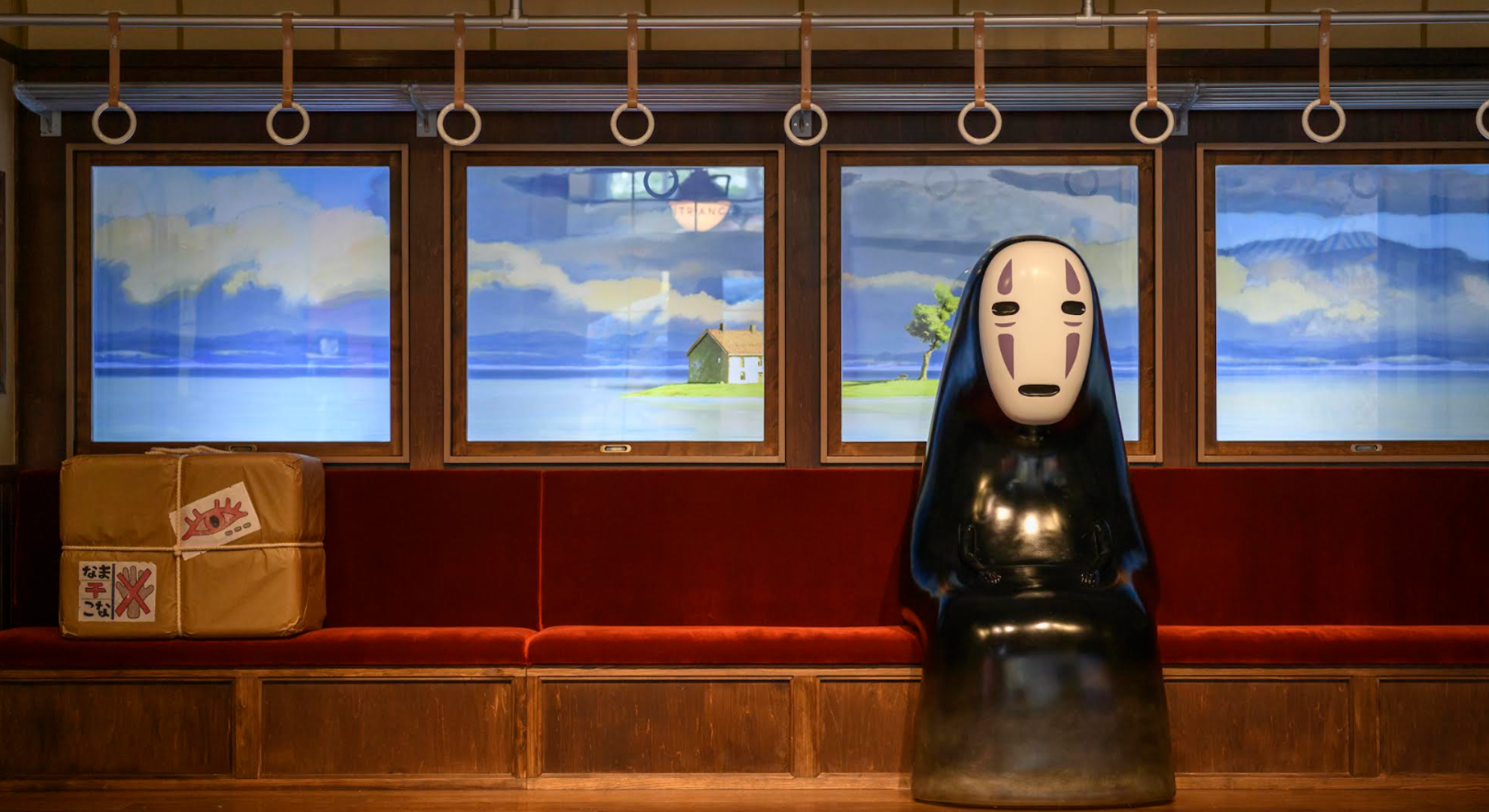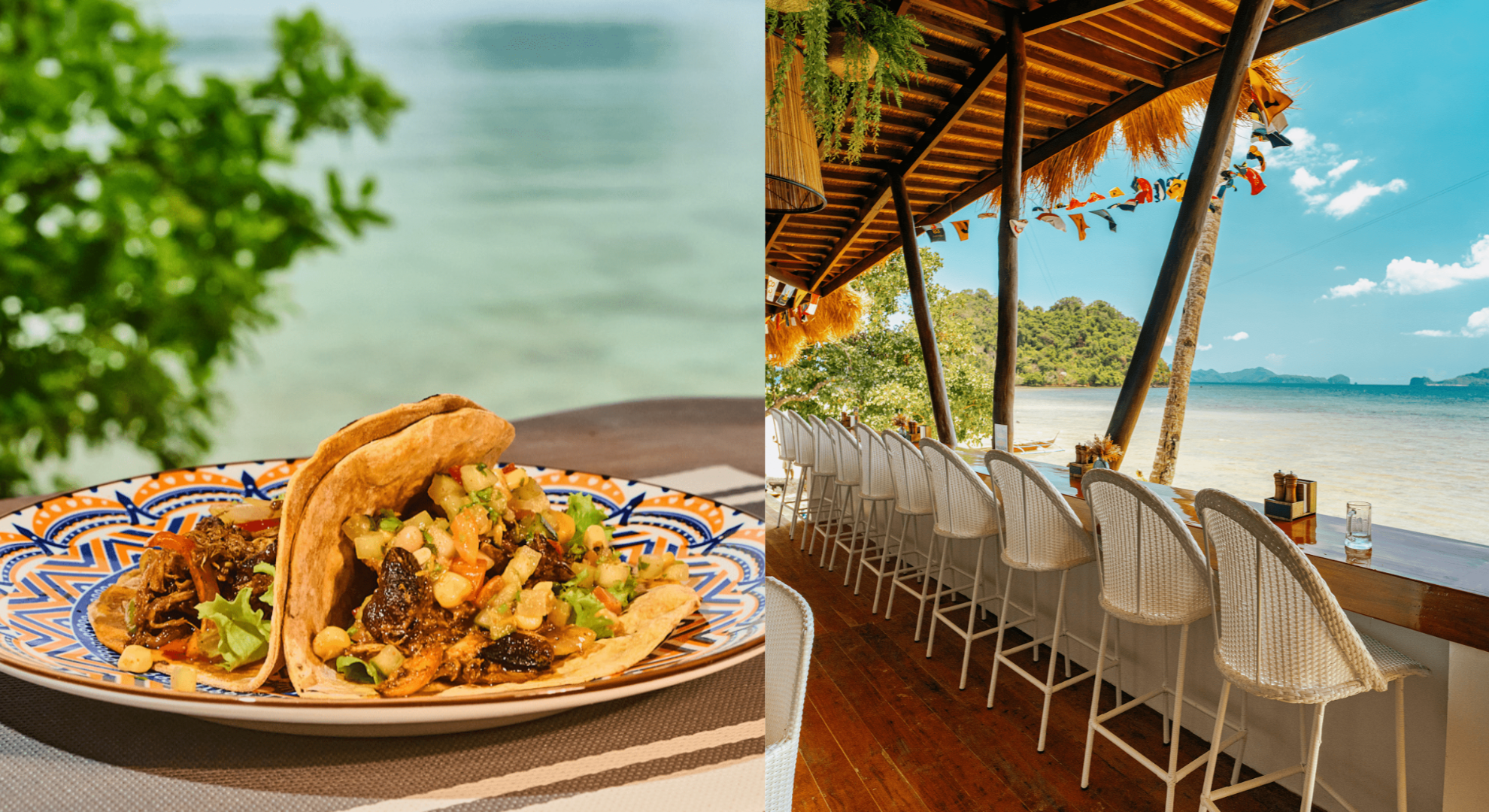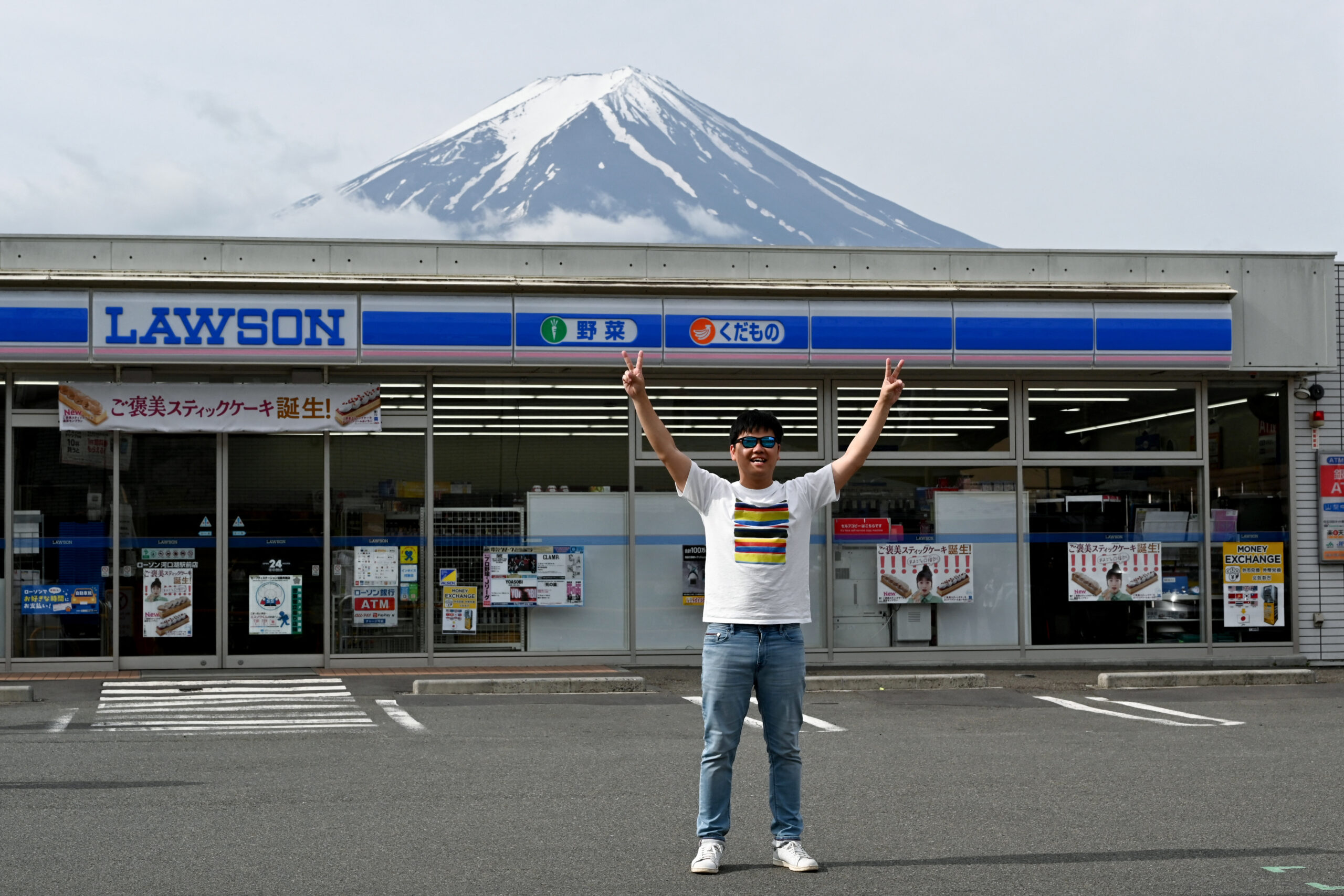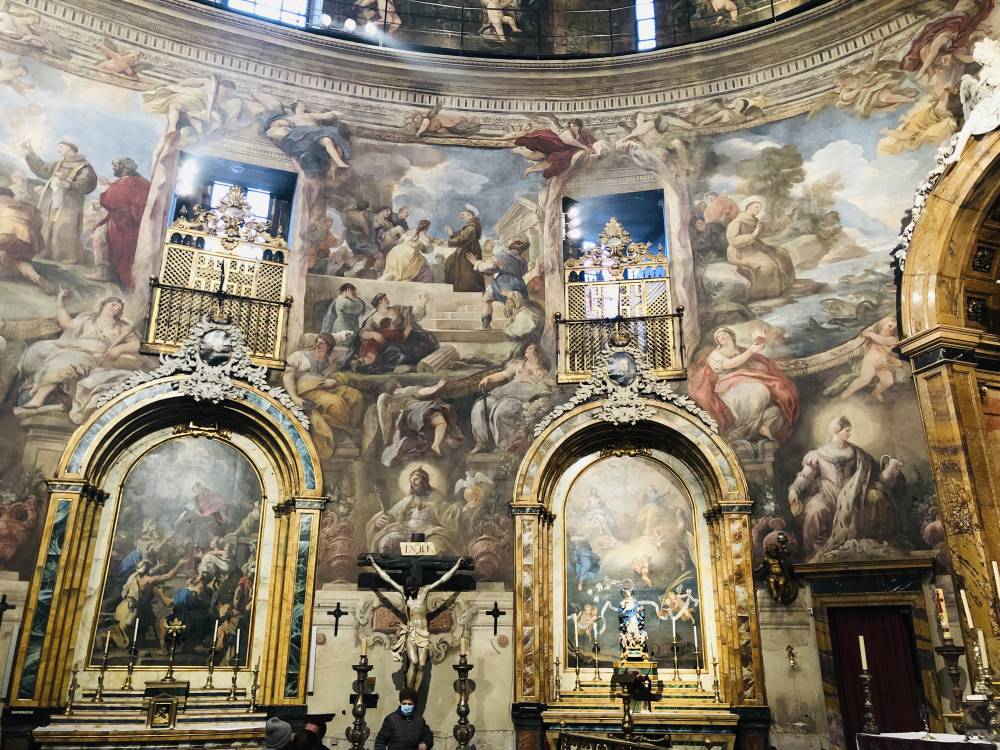Antarctica | AFP | Friday 11/29/2019 – 19:16 UTC+8
“It’s like getting stabbed,” a tourist exclaims, as he plunges into the three-degree Celsius (37-Fahrenheit) water, all under the intrigued gaze of a group of penguins.
All around Half Moon Island, off the Antarctic Peninsula, blocks of ice of all sizes float by on a calm sea, their varying forms resembling weightless origami shapes.
To reach the Antarctic destination the 58-year-old Norwegian, Even Carlsen, travelled 14,000 kilometres (8,700 miles), and spent thousands of euros.
Mostly indifferent to the bipeds donning neon-coloured windbreakers, wildlife abounds in the deafening silence of the icy landscape.
The penguins are as awkward on land as they are agile in water, while massive and majestic whales slip through the waves, and sea lions and seals laze in the sun.
Antarctica, a land of adventure without rulers, is “like the heart of the Earth,” according to Marcelo Leppe, director of the Chilean Antarctic Institute.
He said it expands and contracts like a beating heart, while the mighty current which revolves around the continent is like a circulatory system absorbing warm currents from other oceans and redistributing cold water.
But this long tongue of land that stretches towards South America is warming rapidly. Its glaciers are melting and its ecosystem has been invaded by microplastics carried by currents.
‘Keep nothing but memories’
Tourists are also flocking to the area in greater numbers. This season nearly 80,000 visitors are expected, a 40-percent increase compared to last year.
Antarctic tour operators insist they are promoting responsible tourism.
“Take nothing but photographs, leave nothing but footprints, keep nothing but memories,” is their motto.
It is Antarctica’s very vulnerability that is a draw, with tourists hoping to catch a glimpse of what one day might be gone.
But critics question this sort of tourism, as the emissions from world-crossing flights and soot or black carbon in the exhaust gases of cruise ships are part of what is putting the region under threat.
On Half Moon Island, chinstrap penguins — named for the black stripe on their chin — strut about in the spring breeding season, raising their beaks and screeching from their rocky nests.
“This is to tell other males ‘this is my space’ and also, perhaps, ‘this is my female’,” ornithologist Rebecca Hodgkiss tells AFP.
The colony of 2,500 penguins has been gradually declining over the years. It is not known if it is the fault of humanity.
mck-phy/gab/jll/pld/dl
© Agence France-Presse
Cover image: Photo by Sophie Lautier / AFP

